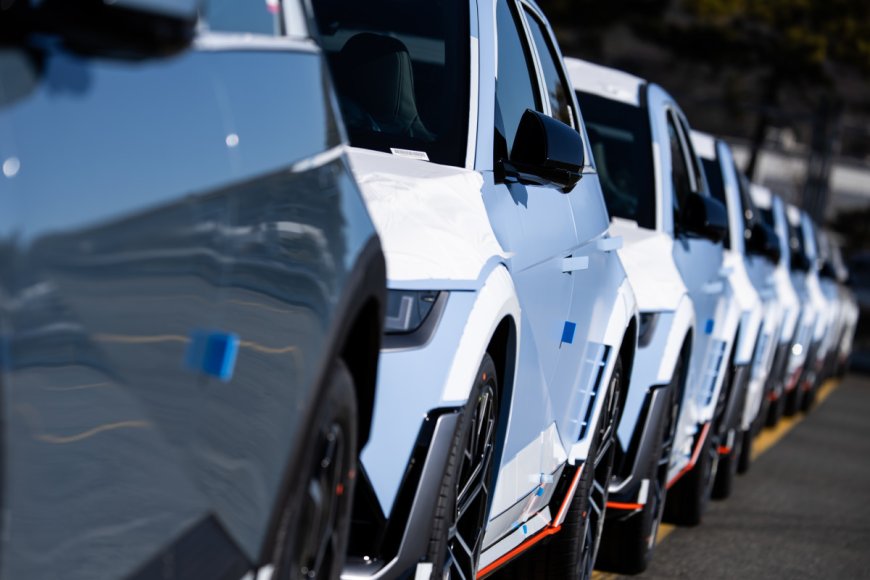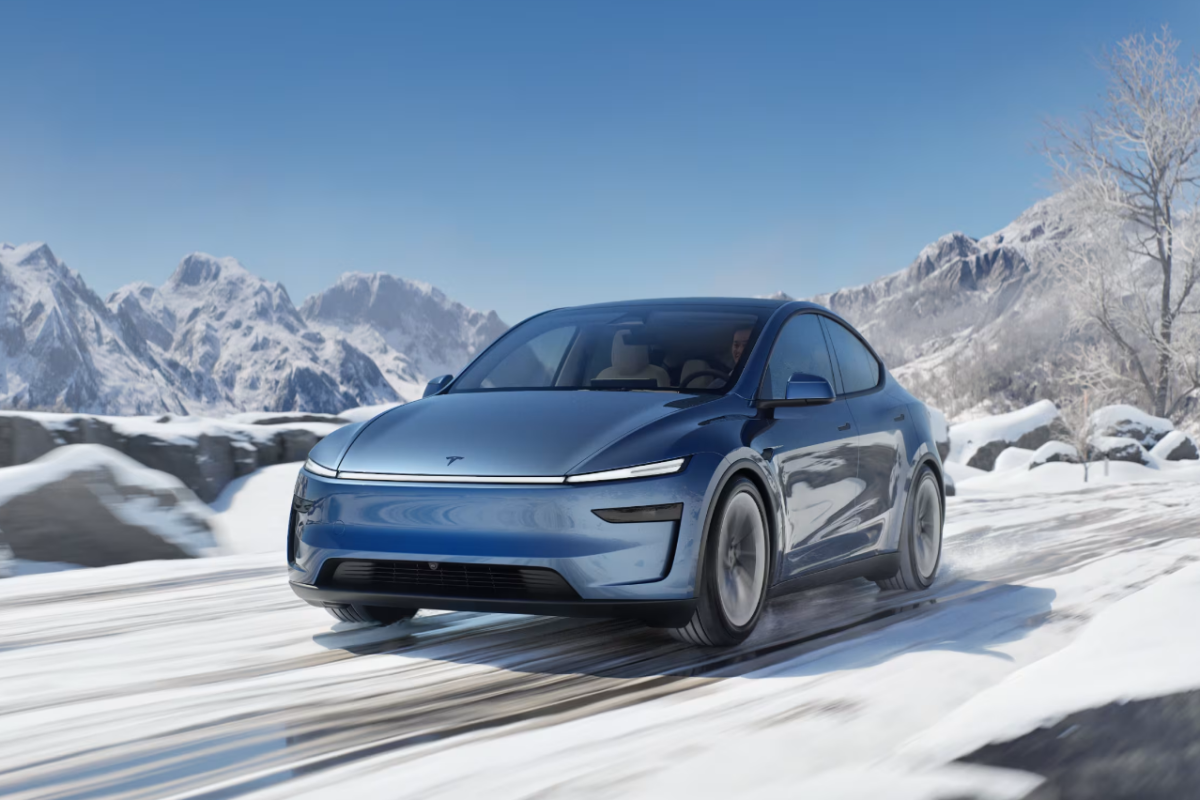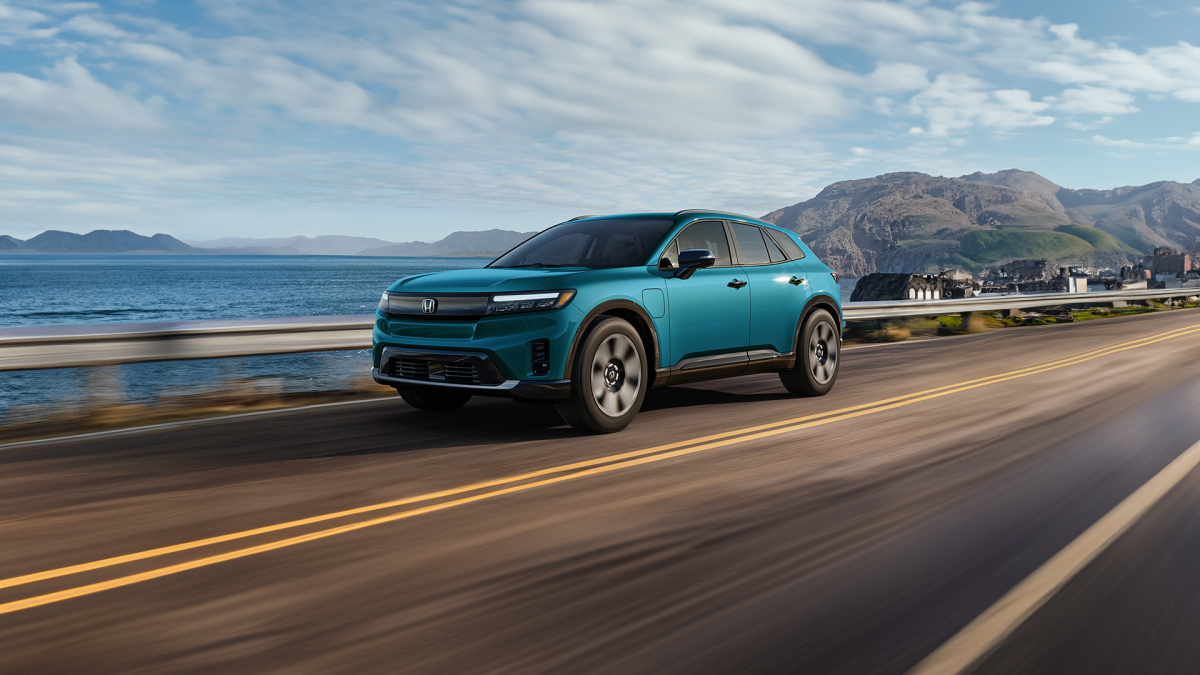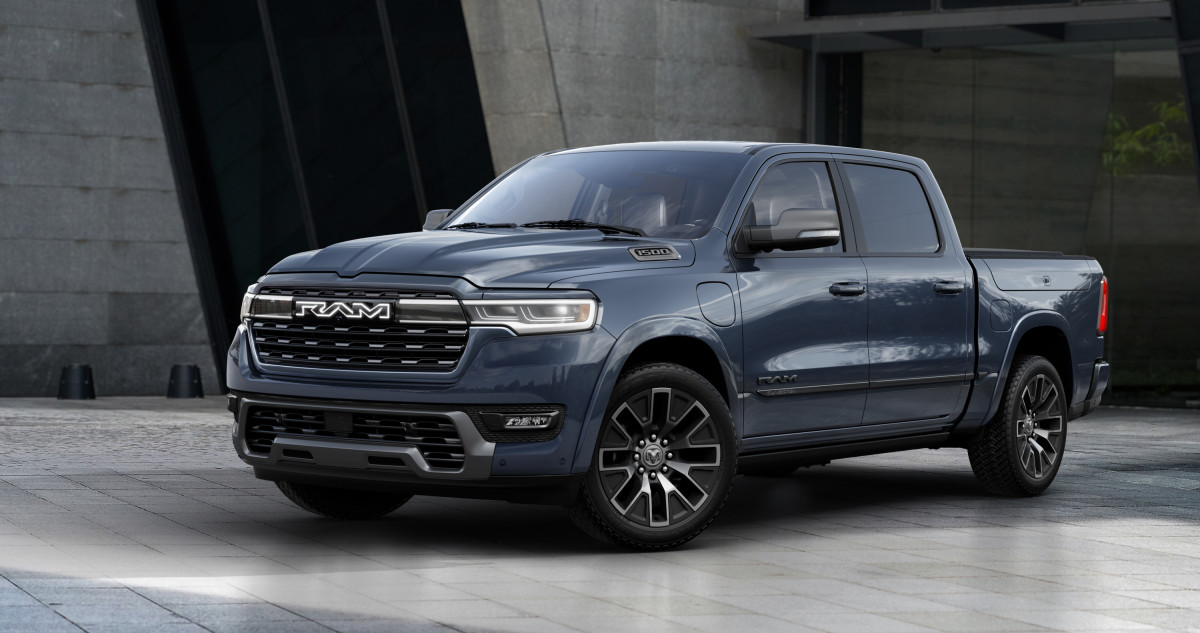EV sales soar to record heights in 2024: What’s behind the gains?
Generous incentives and new models drove growth in the last months of 2024, but challenges lie ahead.

Electric vehicle (EV) sales in the U.S. reached an all-time high in 2024, with 1.3 million units sold, according to Cox Automotive's Kelley Blue Book. This marked a 7.3% increase from 2023, even as the pace of growth slowed compared to previous years. EVs now account for 8.1% of the U.S. auto market, up from 7.8% the year prior.
While growth was not as dramatic as in 2023—when sales surged 49%—analysts see the steady rise as a positive sign of the EV market’s maturation. In the second half of the year alone, over 700,000 EVs were sold, representing 8.7% of total vehicle sales.
View the original article to see embedded media.
Stephanie Valdez Streaty, director of industry insights at Cox Automotive, attributed the gains to a combination of compelling new models and incentives from automakers and governments. “Looking back at 2024, I think it was a good year,” she said.
Tesla’s grip weakens
For the first time in over a decade, Tesla’s EV dominance showed signs of slipping. The automaker’s U.S. sales fell by 5.6%, totaling approximately 634,000 units in 2024. That said, Tesla retained its position as the market leader, accounting for nearly 50% of EV sales.
Related: Dodge Charger EV burnouts could be exclusive to pricey SRT models Tesla
The aging Tesla Model Y and Model 3 dominated the market even while experiencing declining sales. Together, these models accounted for over 40% of all EVs sold in the U.S., far outpacing competitors. And now, with Tesla’s updated Model Y Juniper coming into the market, the world’s leading EV manufacturer may be able to make back some of the losses it recorded last year.
Tesla’s loss is everyone else’s gain
Legacy automakers and newer players capitalized on Tesla’s relative stagnation. General Motors posted a stellar year, selling more than 114,000 EVs, thanks to popular models like the Chevrolet Blazer EV, Equinox EV, and Cadillac Lyriq. Hyundai Motor Group, including its Kia and Genesis brands, also crossed the 100,000-unit mark for the first time, with standout models like the Hyundai Ioniq 5 and Kia EV9. Honda
Honda surprised industry watchers with its Prologue EV, selling 33,000 units despite launching midyear. Ford also had a strong performance, growing its EV sales by 35% and moving nearly 98,000 units, led by the Mustang Mach-E and F-150 Lightning.
Winners and losers in a competitive market
As the EV market grows increasingly crowded, some automakers are faring better than others. Cox Automotive monitored 68 EV models throughout the year. From that pool, 24 of them achieved year-over-year sales growth, while 27 others—including discontinued models like the Chevrolet Bolt and Mazda MX-30—experienced declines. 17 other models, including Chevy’s new all-electric Silverado and Fiat’s 500e, were all-new to the market.
View the original article to see embedded media.
For established brands, maintaining momentum proved challenging. Mercedes-Benz struggled with a nearly 42% drop in U.S. EV sales, a sign of potential missteps in design or market strategy. Volkswagen also encountered difficulties, grappling with a stop-sale order for its ID.4 crossover. The launch of VW’s retro-styled ID. Buzz van fell short of offsetting those losses. With only two all-electric models on the market, Toyota didn’t put up industry-dominating figures in 2024, but it still managed to have nearly twice as many sales compared to 2023, when it sold a modest 9,329 EVs.
Startups like Rivian and Lucid Motors also found success in this crowded market. Rivian delivered an impressive 51,442 vehicles but still lagged behind the industry average in terms of year-over-year growth. Lucid Motors had a banner year, with deliveries up 71% to 9,236 vehicles.
Related: Tesla's self-driving components are failing, and owners are mad
What lies ahead for EVs in 2025
Cox Automotive forecasts U.S. EV sales to hit 1.6 million units in 2025, comprising 10% of the overall market. Hybrid vehicles are also expected to gain ground, potentially accounting for 15% of sales. Combined, electrified vehicles—EVs, plug-in hybrids, and hybrids—could represent one in four new cars sold. RAM
Several new models are poised to enter the market, including the Hyundai Ioniq 9, Ram 1500 Ramcharger, and the next-generation Chevrolet Bolt. Even Tesla is rumored to launch a new vehicle, though details remain scarce.
Charging infrastructure, a persistent concern for consumers is expected to improve with over 200,000 plugs already installed across the U.S. Still, challenges remain. Mainstream buyers continue to voice concerns over range and affordability—the latter of which is likely to take a hit should the $7,500 EV tax credit get the axe under the incoming Trump administration.
Related: Tesla shifts Cybertruck workers amid slowing demand
Final thoughts
While 2024 marked a record year for EVs, it also underscored the complexities of the transition to electrified transportation. Automakers are navigating a hypercompetitive market, and success depends on innovation, affordability, and infrastructure.
As the industry shifts from satisfying early adopters to capturing mass-market appeal, automakers must address concerns about range and affordability beyond band-aid solutions like free charging trials and incentive spending. If they want to capture the EV-wary masses, automakers will have to invest in battery technology to help reduce costs and improve performance.











































